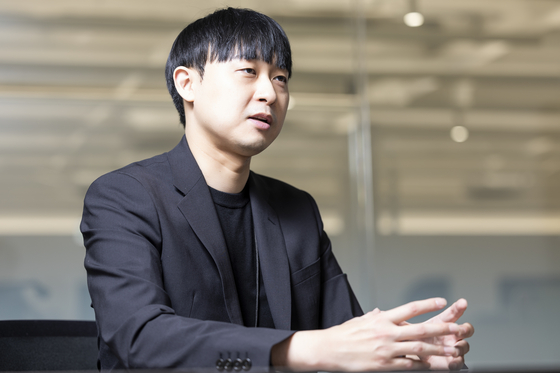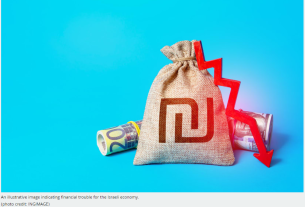Kim Joon-hee, director of AI Content Lab at Thingsflow [CHOI YEONG-JAE]
As OpenAI’s ChatGPT gets a lot of attention, chatbot services in general are suddenly in the limelight.
Chatbots do not merely entertain the users. Automatic response systems used in banks or hospitals can also be a type of chatbot service.
Though chatbots are now a common service widely used by many people, companies may have hard time making money out of them.
Kim Joon-hee, director of AI Content Lab at Thingsflow, is confident that “the chatbot service that Thingsflow operated over the past 5 years has proven itself to be a successful business model.”
JoongAng Sunday sat down with Kim on Thursday at the Seoungsu AI Day conference. The following are edited excerpts from the interview.
Q. What’s your take on the recent surge in popularity of ChatGPT?
A. Though the service has been out on the market for only two months, it is affecting a wide variety of sectors across the society. Content industry, in particular, was deeply influenced by it. Thingsflow, which has been operating a character-based chatbot named Hellobot since 2017, is also paying a close attention to this recent trend. We are ready for the era of ChatGPT that has just begun. We are the only company in Korea that actually created an actual business model with a generative AI, and there are only few cases overseas as well.
Q. What is your evidence of that?
A. Hellobot alone created revenue of 4.5 billion won ($3.5 million) in 2021, and 10 billion won last year. We are expecting the figure to reach 25 billion won this year. It is the only chatbot service that is seeing a twofold-growth in revenue every year. Even Replika, a popular chatbot service based in the United States, is making less revenue than Hellobot.
Q. How is Hellobot different from other chatbot services?
A. On Hellobot, users can create their own unique personas that are different from their actual selves. So it’s basically a personalized chatbot service. It makes the service more appealing to the younger generation, or so-called MZ generation, that values self-expression. And Hellobot offers cute additional chatbot services, such as lama-inspired character Lamama giving dating advice.
Q. What AI platforms do you have aside from Hellobot?
A. We run a service called Storyplay where users can create stories based on AI technology. AI helps the users through all processes of creating content, from arranging the idea for webtoons and webnovels to writing a synopsis. It also provides data analysis. For example, the service can give an idea about what kind of content would attract women readers in their 20s based on data analysis.
Q. What’s your plan for future?
A. One of our goals for this year is the global expansion. Though ChatGPT is available in all languages, it’s most powerful when used in English. Thingsflow is also developing a platform that can have strengths in an English-speaking environment. For the domestic market, we will incorporate high-performance AI in our three main services — Hellobot, Storyplay and Between, a messenger app for couples — to improve efficiency and user experiences.
BY LEE CHANG-KYUN [[email protected]]



